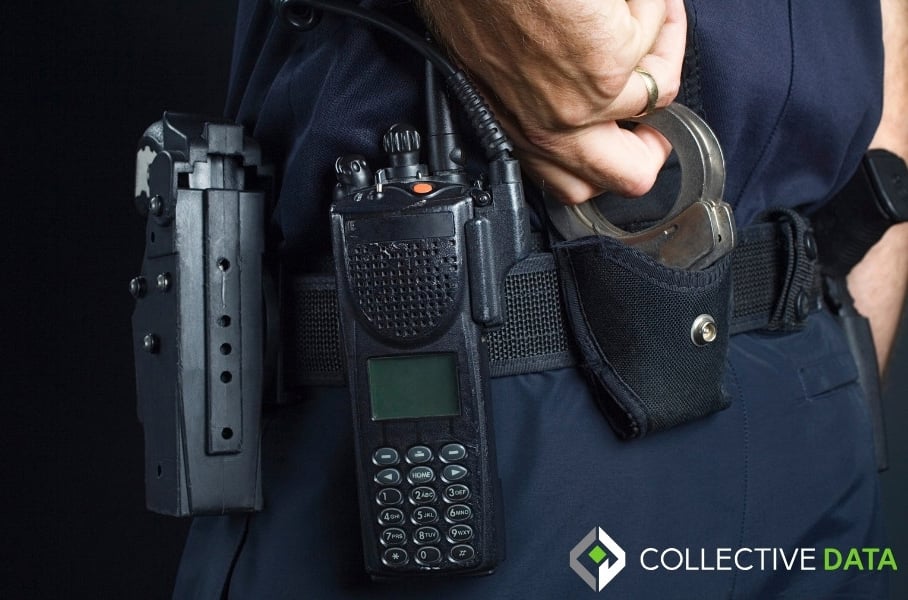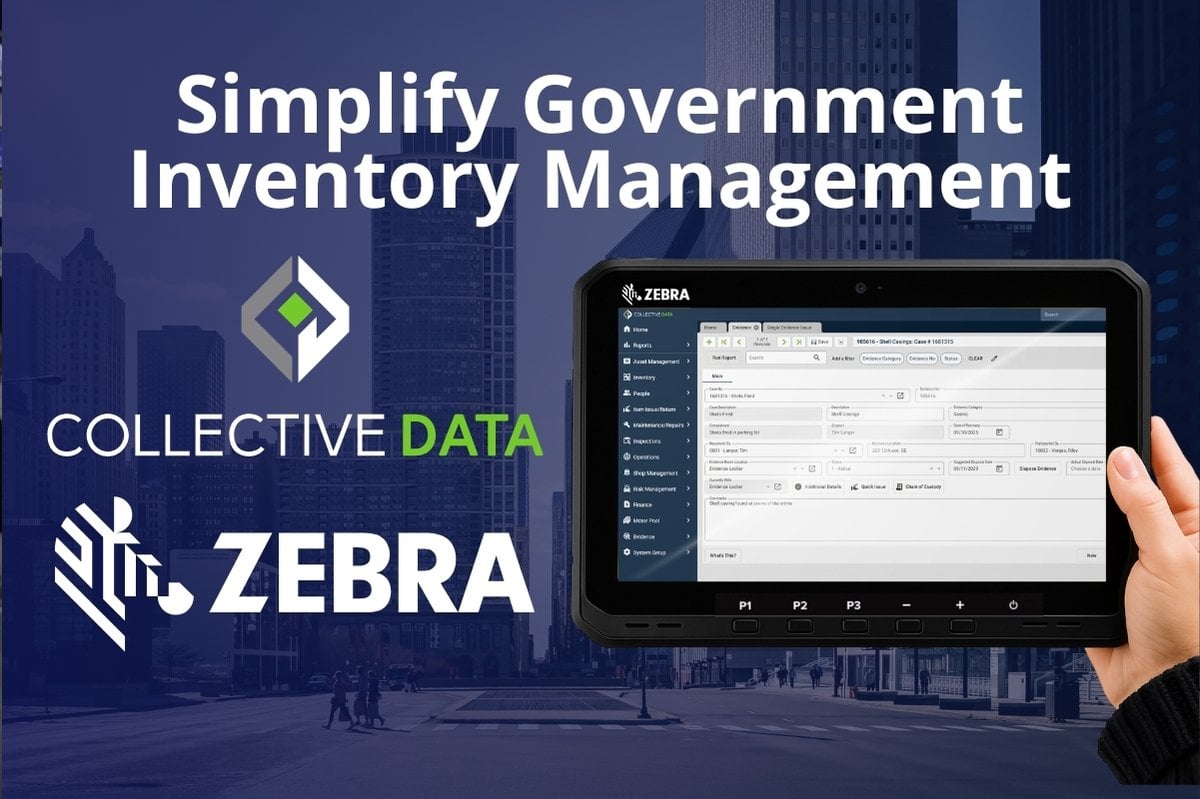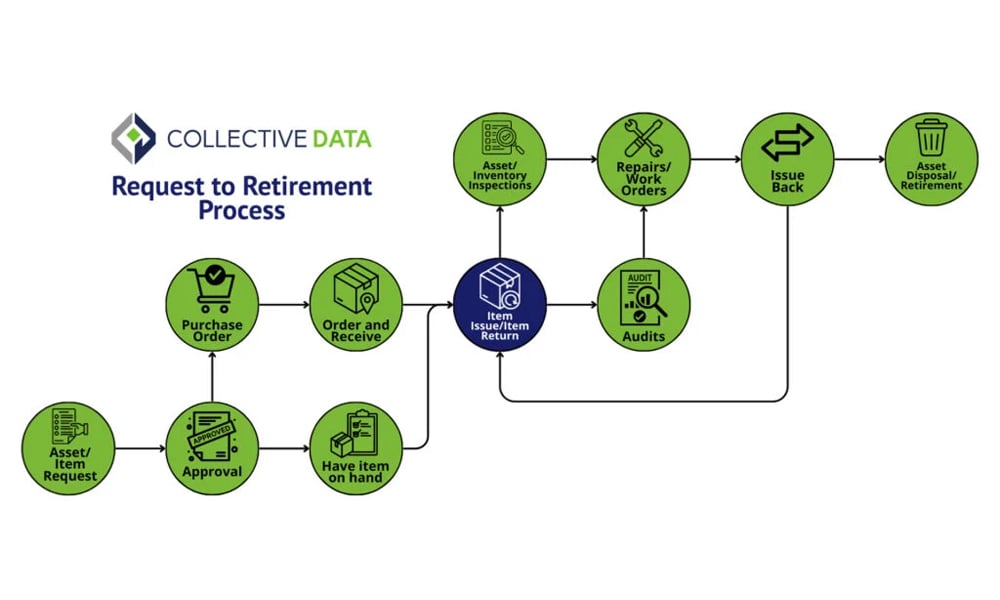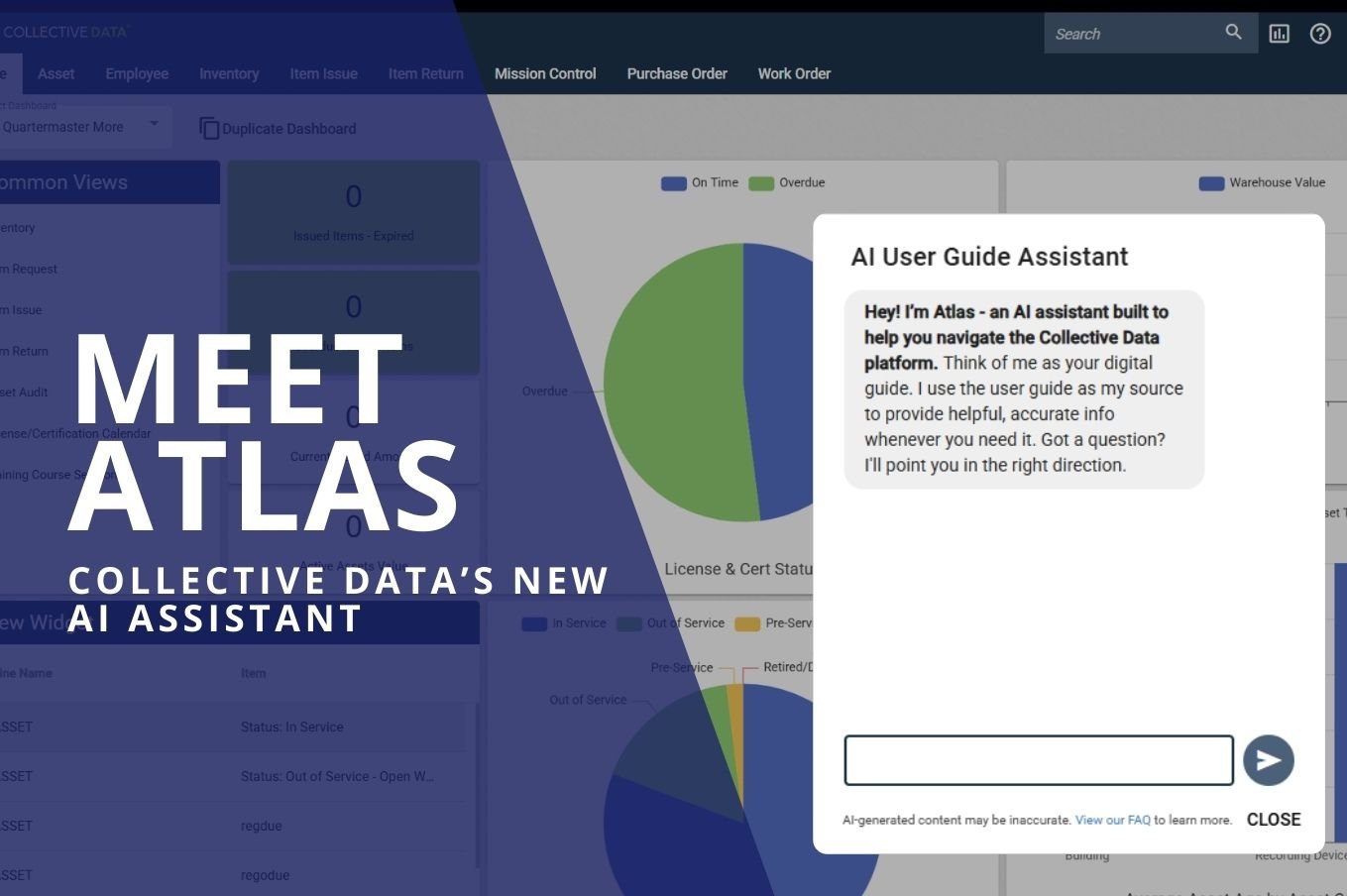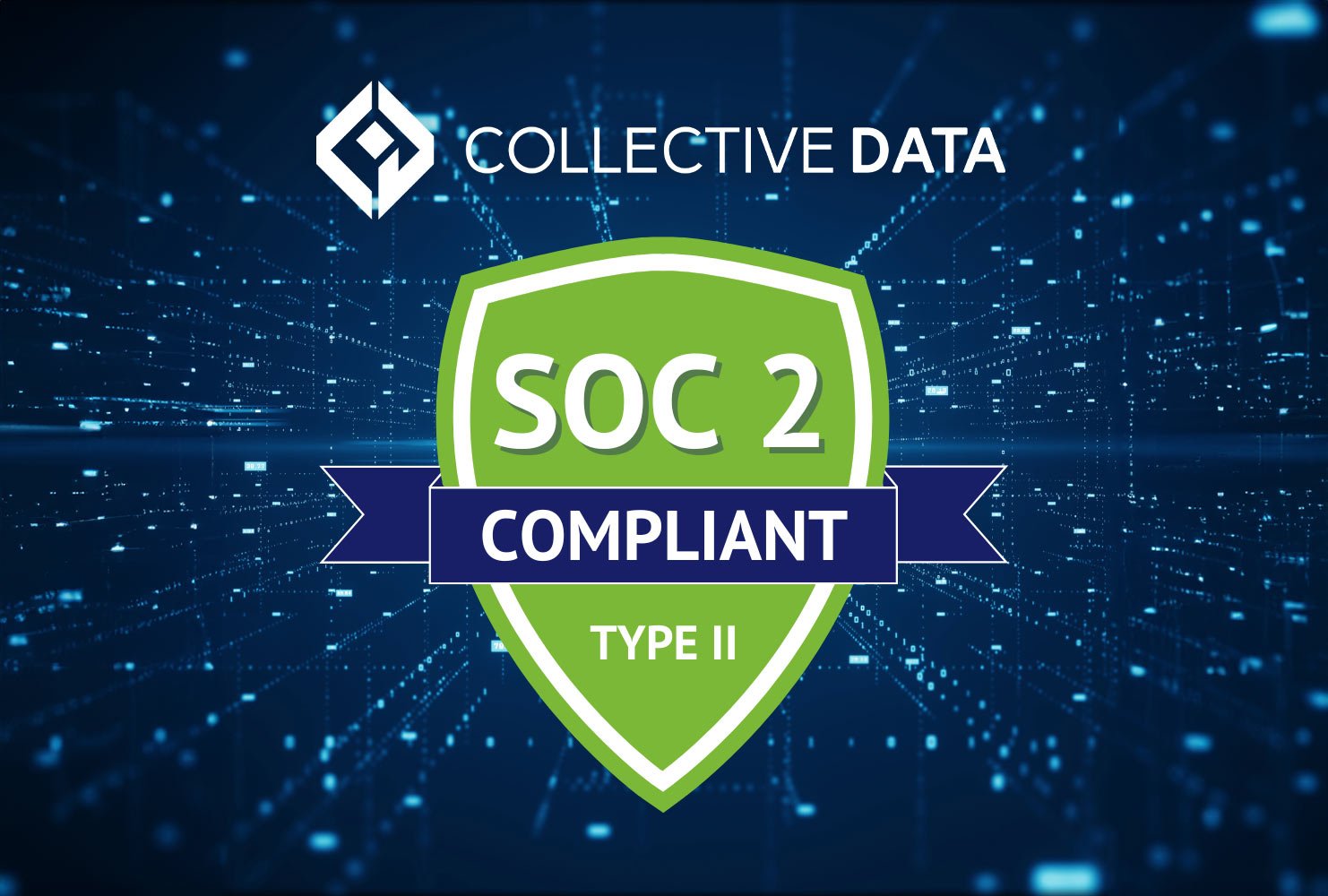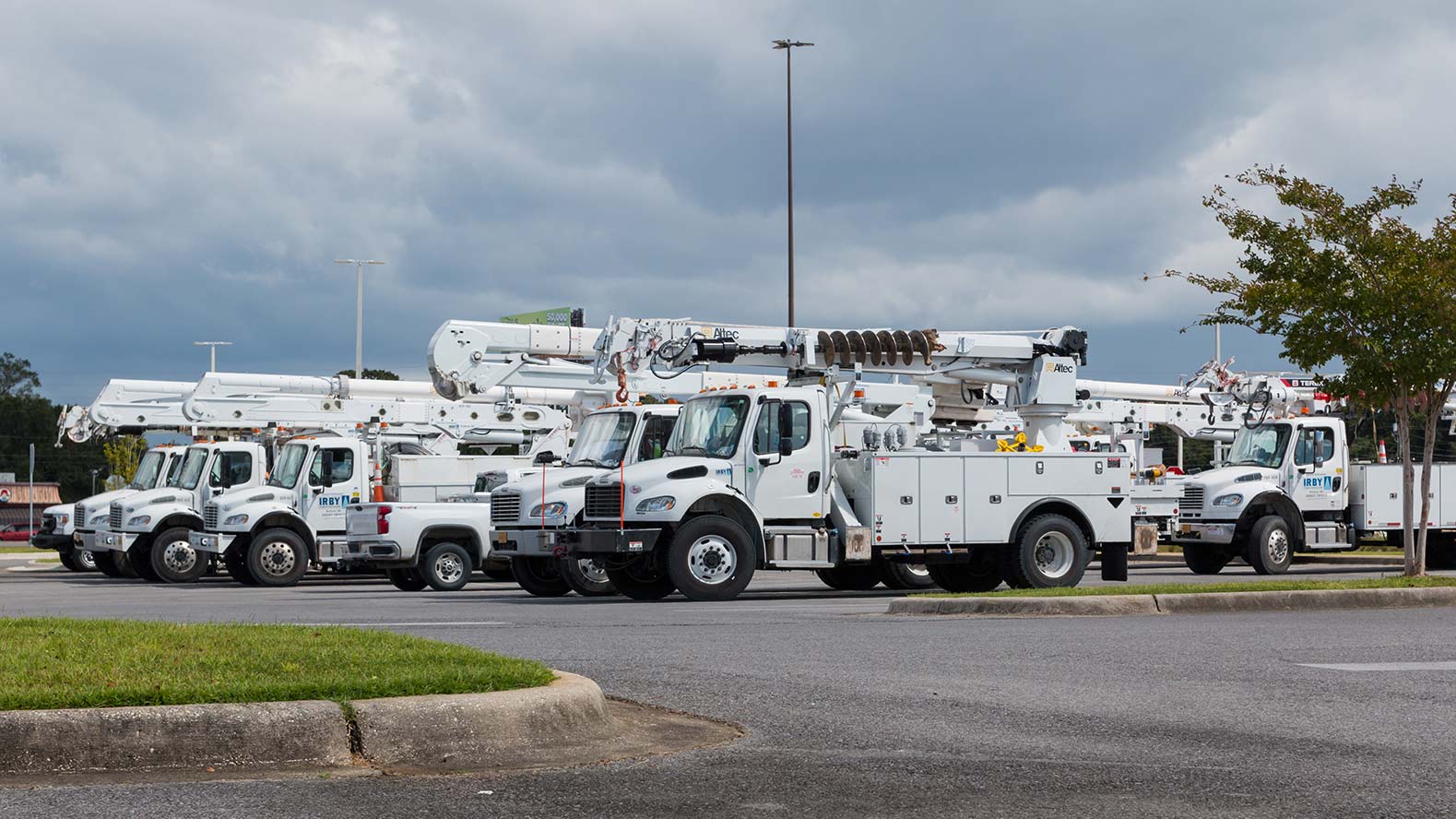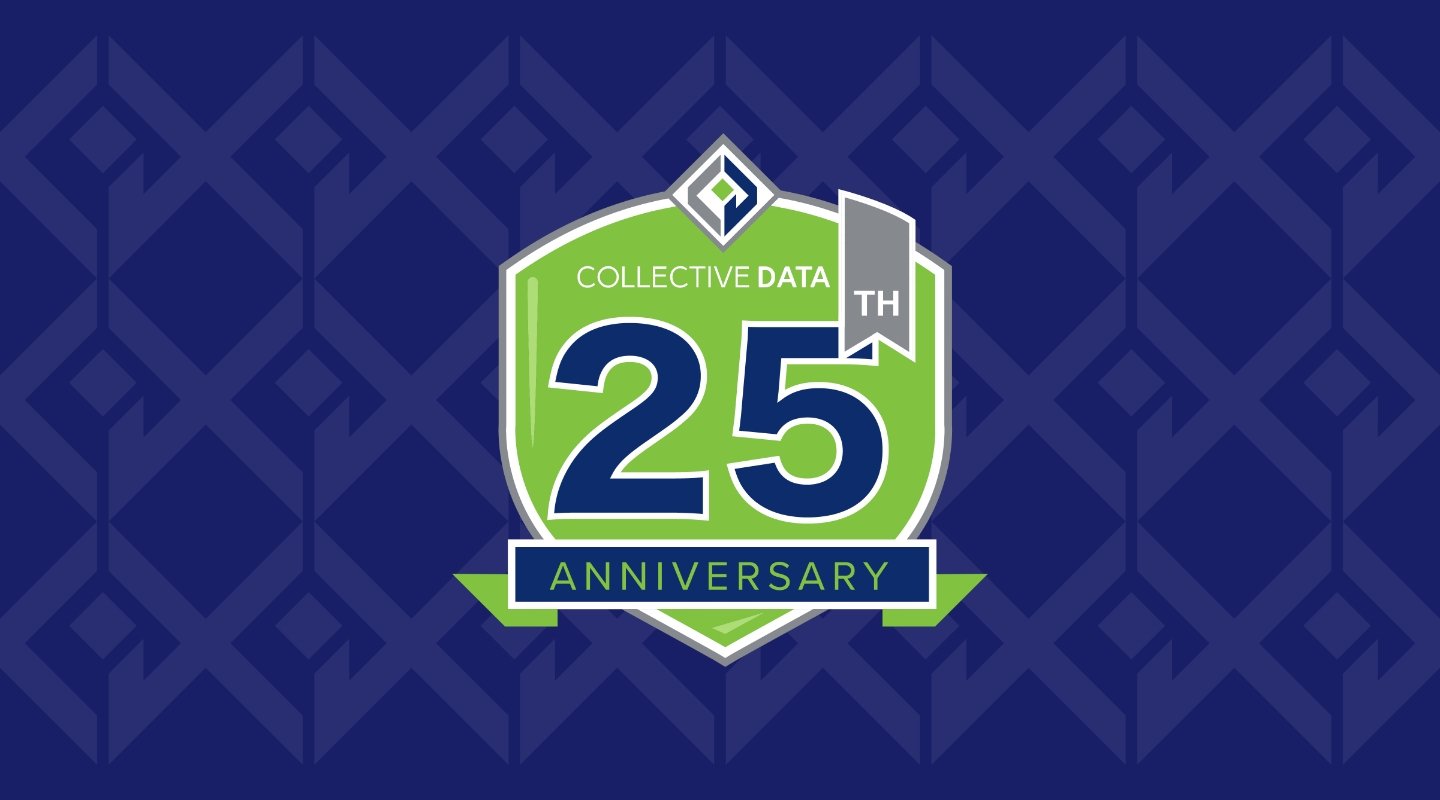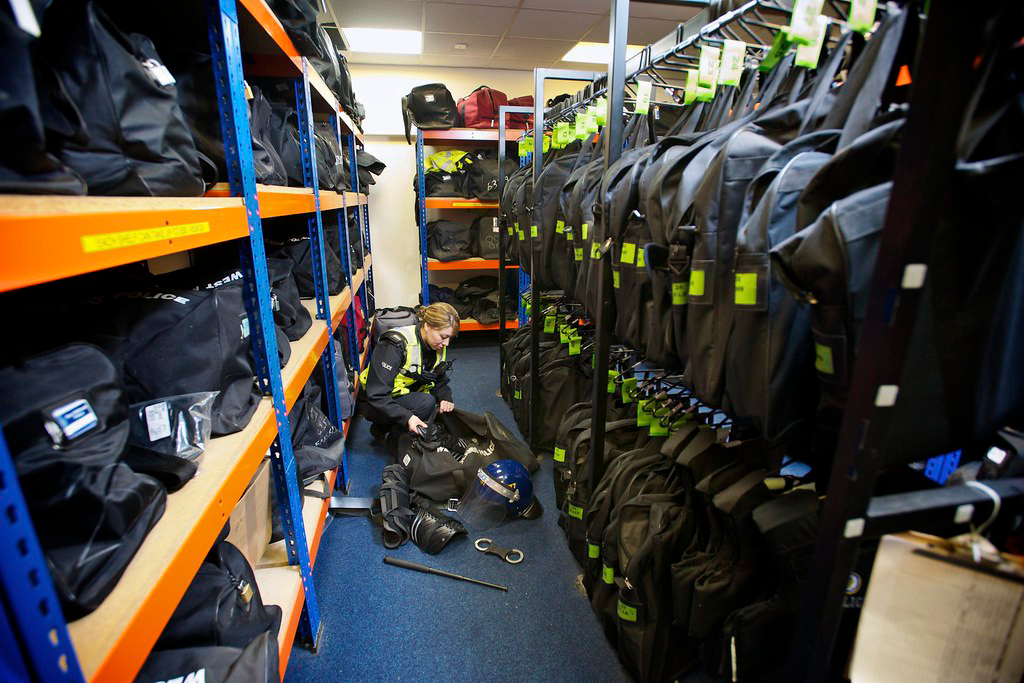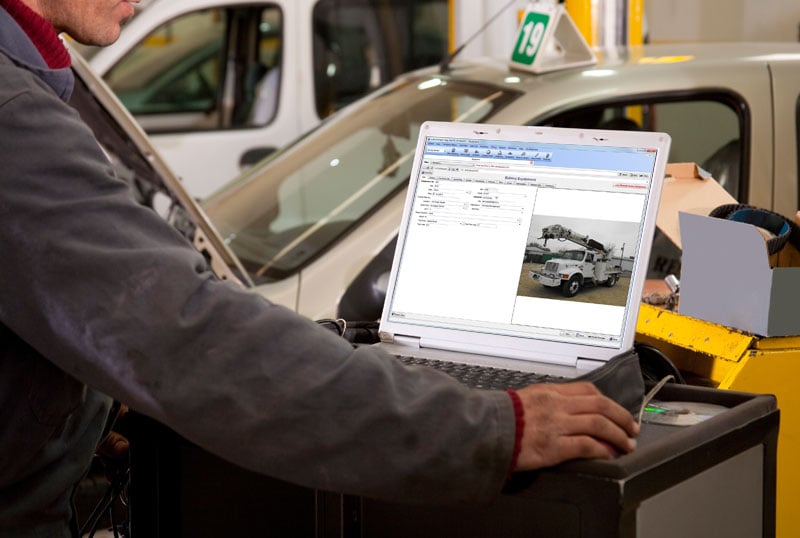In law enforcement and public safety, accountability isn’t just a best practice; it’s a requirement. From weapons and radios to body cameras and protective gear, every piece of equipment carries risk and responsibility. When these assets are misplaced or mismanaged, agencies face potential compliance issues, legal exposure, and a loss of public trust.
Today, digital chain of custody systems are transforming how agencies maintain control and transparency over their equipment and evidence. By replacing spreadsheets, handwritten logs, and fragmented databases with one unified, digital platform, departments can ensure total visibility and audit readiness at all times.
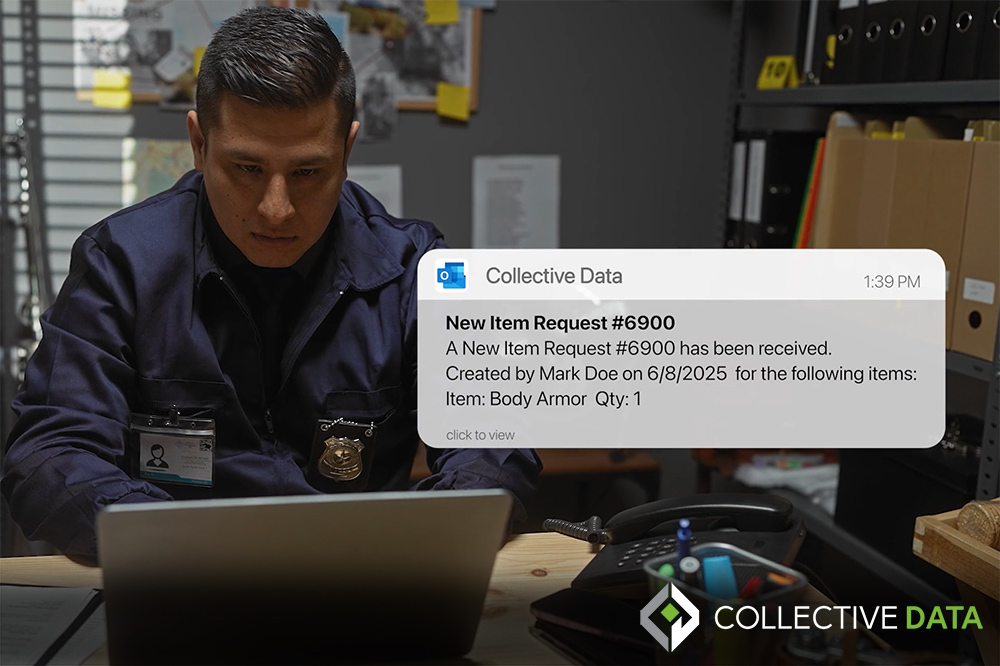 Why Digital Chain of Custody Matters
Why Digital Chain of Custody Matters
For police departments, sheriffs’ offices, and other public safety organizations, every asset issued or returned must be traceable. A digital chain of custody creates a tamper-proof record of who had what, when, and why. These systems log every action such as sign-outs, transfers, returns, and inspections, providing real-time accountability that paper trails simply cannot match.
With detailed audit logs and time-stamped signatures, asset management platforms strengthen internal controls and protect agencies against liability. This means that if questions arise during an audit or investigation, leadership has clear, verifiable records at their fingertips.
Ensuring Compliance and Reducing Liability
Compliance in public safety is non-negotiable. Equipment such as firearms, tasers, radios, and protective gear are governed by strict policies and sometimes federal standards. An asset tracking system ensures these items are always accounted for and in proper working order.
Automated alerts notify administrators of upcoming inspections, expiring certifications, or overdue returns, reducing the risk of policy violations or loss. This proactive monitoring not only improves safety but also shields the agency from potential legal exposure.
By maintaining a clear, auditable trail, departments can easily demonstrate compliance during internal reviews or external audits, saving countless hours in documentation and reconciliation.
Improving Audit Readiness
Traditional audits can be labor-intensive and error-prone, especially when information is spread across paper logs, spreadsheets, or siloed systems. Asset management centralizes all asset data into one cohesive platform, making audits faster, more accurate, and far less stressful.
Real-time visibility into inventory means administrators can instantly see where assets are, who has them, and when they are due for inspection. Detailed reporting tools make it easy to generate compliance reports or respond to information requests in minutes, not days.
The Technology Behind It
Modern chain of custody systems like Collective Data integrate barcode and RFID technology to track assets from issuance to return. RFID scanners allow for real-time, hands-free tracking, while barcode technology provides a cost-effective option for smaller inventories or individual items.
When combined with customizable workflows, digital signatures, and automated notifications, agencies can create a secure, fully digital environment that eliminates manual errors and strengthens accountability across every department.
Building Trust Through Transparency
A strong chain of custody does more than protect equipment; it protects reputations. In a field where public confidence is critical, having accurate, accessible records reinforces an agency’s integrity and commitment to transparency.
By adopting digital tools that improve accuracy, streamline audits, and maintain compliance, agencies can focus more on their mission of serving and protecting their communities, knowing their systems are working as hard as they are.


